Year 5
The English curriculum is built around the three interrelated strands of language, literature and literacy. Teaching and learning programs should balance and integrate all three strands. Together, the strands focus on developing students' knowledge, understanding and skills in listening, reading, viewing, speaking, writing and creating. Learning in English builds on concepts, skills and processes developed in earlier years, and teachers will revisit and strengthen these as needed.
In Years 5 and 6, students communicate with peers and teachers from other classes and schools, community members, and individuals and groups, in a range of face-to-face and online/virtual environments.
Students engage with a variety of texts for enjoyment. They listen to, read, view, interpret and evaluate spoken, written and multimodal texts in which the primary purpose is aesthetic, as well as texts designed to inform and persuade. These include various types of media texts including newspapers, film and digital texts, junior and early adolescent novels, poetry, non-fiction and dramatic performances.
The range of literary texts for Foundation to Year 10 comprises Australian literature, including the oral narrative traditions of Aboriginal and Torres Strait Islander Peoples, as well as the contemporary literature of these two cultural groups, and classic and contemporary world literature, including texts from and about Asia.
Literary texts that support and extend students in Years 5 and 6 as independent readers describe complex sequences, a range of non-stereotypical characters and elaborated events including flashbacks and shifts in time. These texts explore themes of interpersonal relationships and ethical dilemmas within real-world and fantasy settings. Informative texts supply technical and content information about a wide range of topics of interest as well as topics being studied in other areas of the curriculum. Text structures include chapters, headings and subheadings, tables of contents, indexes and glossaries. Language features include complex sentences, unfamiliar technical vocabulary, figurative language, and information presented in various types of graphics.
Students create a range of imaginative, informative and persuasive types of texts including narratives, procedures, performances, reports, reviews, explanations and discussions.
(source: www.australiancurriculum.edu.au)
Achievement Standard
Receptive modes (listening, reading and viewing)
By the end of Year 5, students explain how text structures assist in understanding the text. They understand how language features, images and vocabulary influence interpretations of characters, settings and events.
When reading, they encounter and decode unfamiliar words using phonic, grammatical, semantic and contextual knowledge. They analyse and explain literal and implied information from a variety of texts. They describe how events, characters and settings in texts are depicted and explain their own responses to them. They listen and ask questions to clarify content.
Productive modes (speaking, writing and creating)
Students use language features to show how ideas can be extended. They develop and explain a point of view about a text, selecting information, ideas and images from a range of resources.
Students create imaginative, informative and persuasive texts for different purposes and audiences. They make presentations which include multimodal elements for defined purposes. They contribute actively to class and group discussions, taking into account other perspectives. When writing, they demonstrate understanding of grammar using a variety of sentence types. They select specific vocabulary and use accurate spelling and punctuation. They edit their work for cohesive structure and meaning.
(source: www.australiancurriculum.edu.au)
- Free Plan
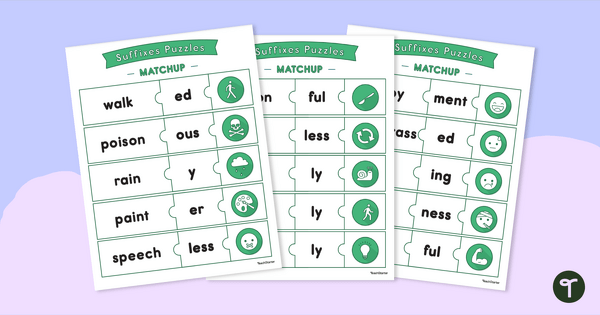
What is an Affix? Suffix Puzzle Pack
Practice building, reading, and understanding the meaning of words with suffixes with a fun set of printable puzzles for kids.
- Plus Plan
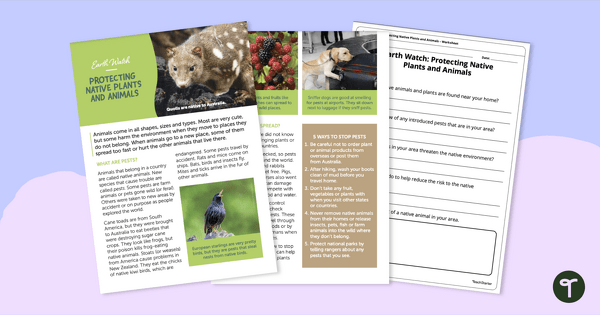
Earth Watch: Protecting Native Plants and Animals – Comprehension Worksheet
Build comprehension skills and learn about human impact on ecosystems with a reading passage and worksheets.
- Plus Plan
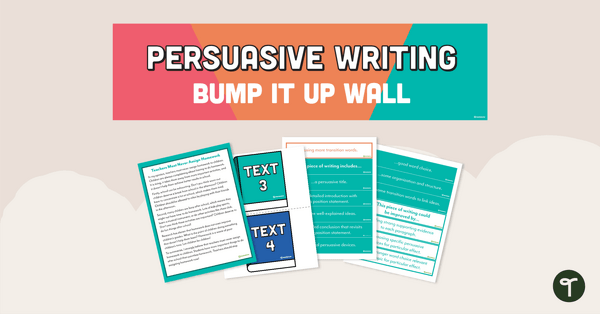
Persuasive Writing Bump It Up Wall – Year 5
A visual display for your classroom to help students 'bump up' their persuasive writing.
- Plus Plan
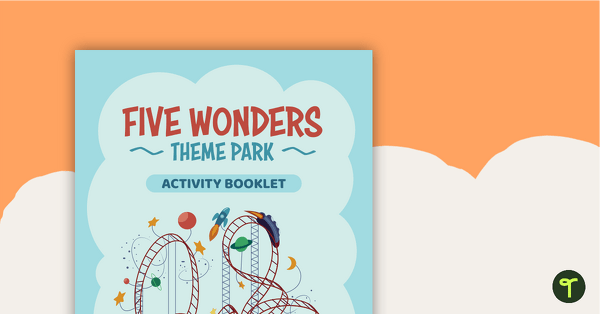
Five Wonders Theme Park: Slither House Sketch – Project
An inquiry project that encourages students to research animals and their habitats and design a reptile house in a theme park.
- Plus Plan
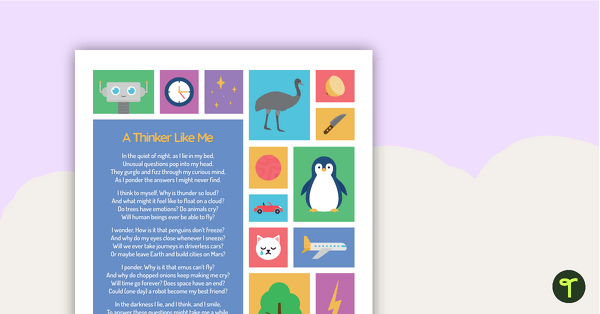
A Thinker Like Me - Read and Respond Worksheet
A comprehension activity related to a poem.
- Plus Plan
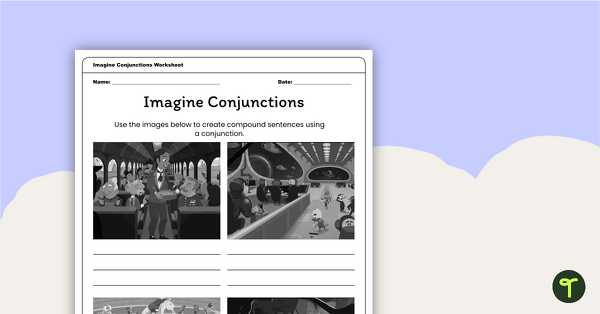
Imagine Conjunctions Worksheet
Spark students' creativity with this conjunctions worksheet containing four images to prompt students to write compound sentences.
- Plus Plan
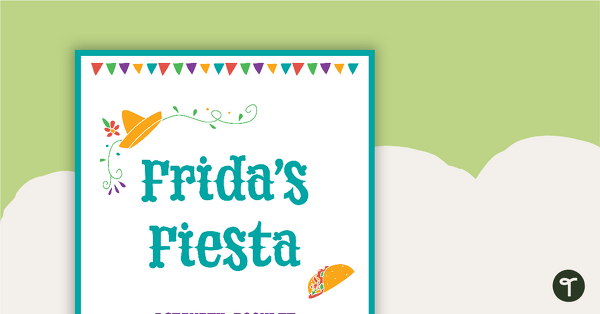
Frida's Fiesta: Open for Business - Inquiry Project
An inquiry project where students get the opportunity to design their own restaurant.
- Plus Plan
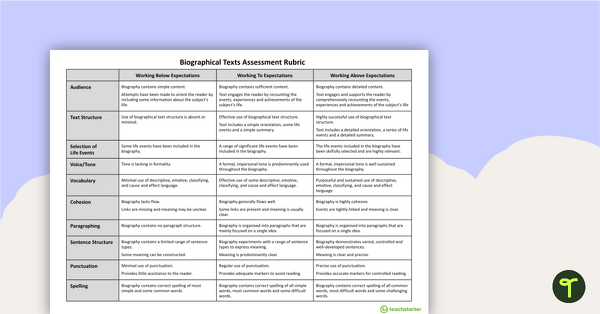
NAPLAN-Style Assessment Rubric – Biographical Texts
Use this NAPLAN-style rubric to assess students’ biography writing as you prepare students for Year 5 tests.
- Plus Plan
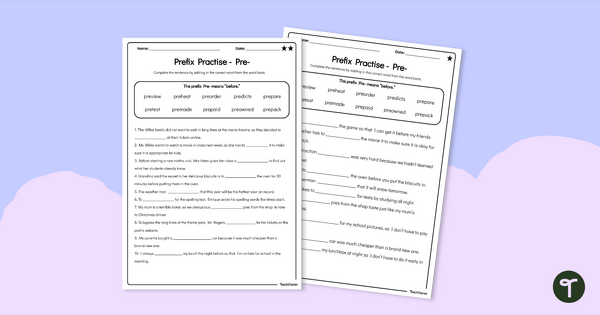
Pre- Prefixes Worksheet
Boost students' understanding of the prefix pre- with a printable prefix worksheet.
- Plus Plan

Readers' Theatre Script - Josephine
A script which can be used during readers' theatre or Drama sessions, aimed at students 8 years and over.
- Plus Plan
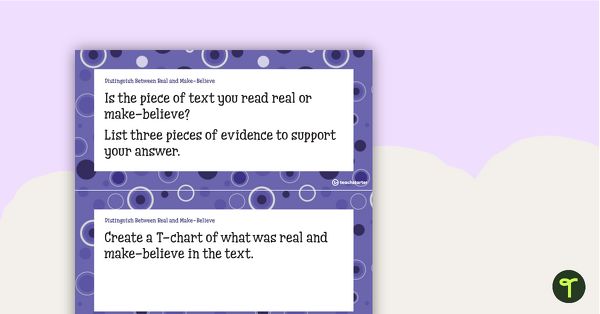
120 Comprehension Strategy Question Cards
A set of 120 open-ended question cards to help students apply comprehension strategies when reading.
- Plus Plan
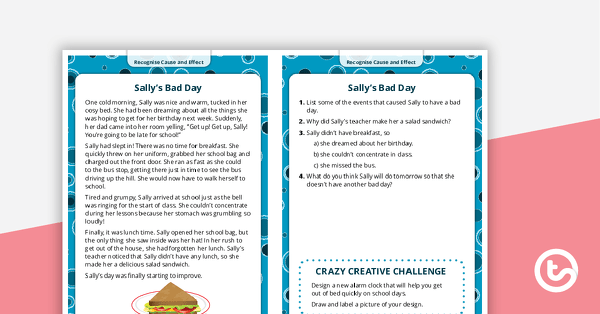
Comprehension Task Cards - Recognising Cause And Effect
A set of comprehension task cards to help students recognise cause and effect when reading.
- Plus Plan
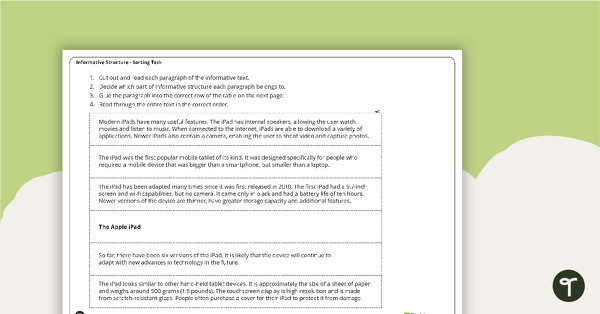
Information Report Structure Worksheet – The Apple iPad
Teach your students about information report structure with this cut-and-paste sequencing worksheet.
- Plus Plan
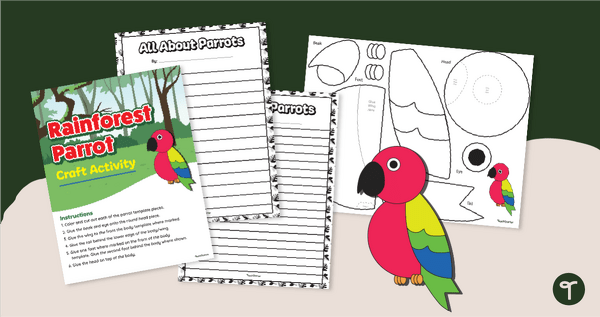
Rainforest Bird Craft & Writing Template
Pair a fun bird craft and informational writing to create a fun jungle-themed classroom display.
- Plus Plan
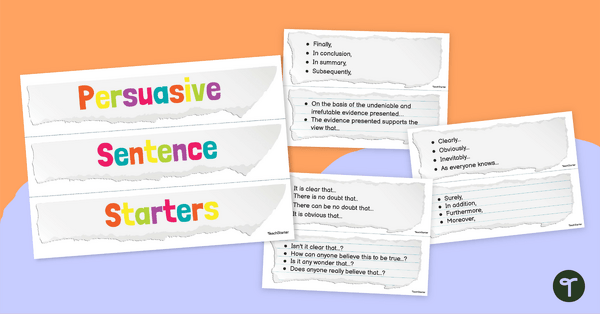
Persuasive Sentence Starters Classroom Display
Help your students begin their persuasive writing with a strong sentence starter.
- Plus Plan
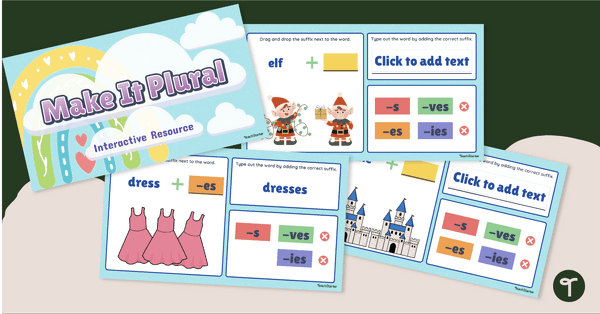
Make It Plural - Interactive Activity
Help children grasp the tricky concept of pluralising nouns with an interactive Google Slides activity.
- Plus Plan

Un- and Dis- Prefixes Worksheet
Build vocabulary skills with a prefix worksheet featuring the prefixes Un- and Dis-.
- Plus Plan
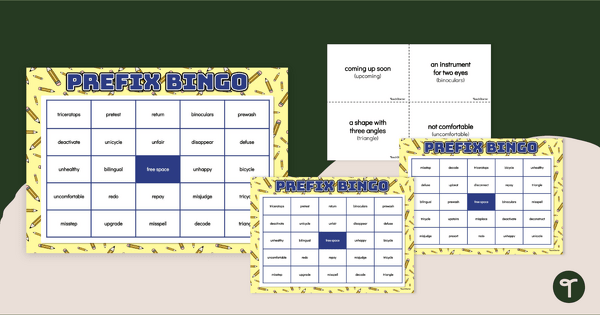
Prefix Bingo
Match prefix words to their definition by identifying the meaning of the prefix and the root word with a fun game of BINGO.
- Plus Plan
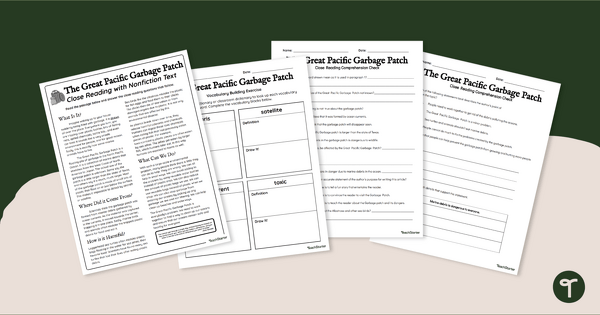
Comprehension Worksheets - The Great Pacific Garbage Patch
Read to learn about the Great Pacific Garbage patch with a printable reading comprehension worksheet pack.
- Plus Plan
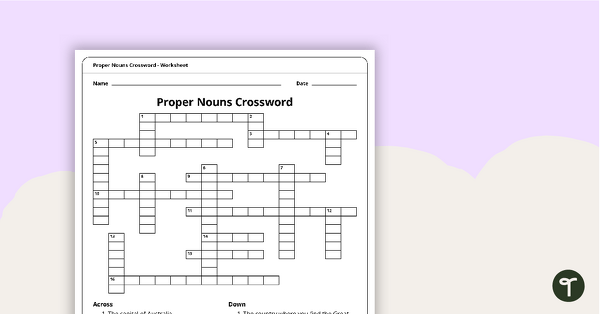
Proper Nouns Crossword Puzzle - Worksheet
A crossword researching different proper nouns.
- Plus Plan
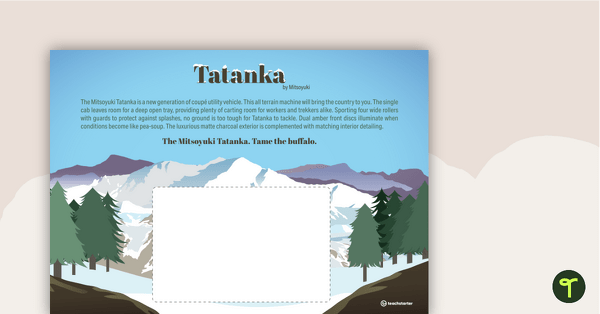
Inference Car Classifieds - Worksheet
A series of car classifieds worksheets to use when teaching your students how to infer information from written texts.
- Free Plan
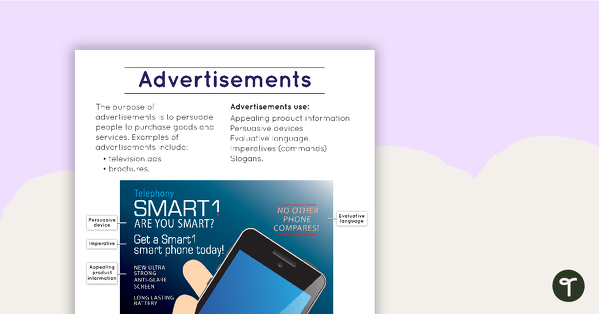
Advertisement Text Type Poster With Annotations
A poster about advertisements, including an annotated example.
- Plus Plan
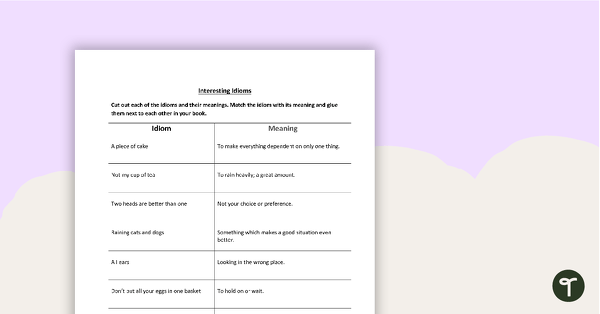
Interesting Idioms Worksheet
A worksheet using common idioms.
- Plus Plan
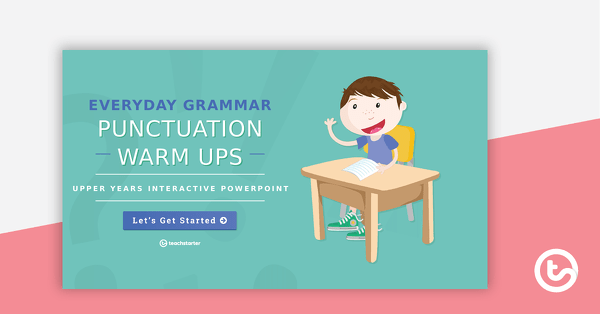
Everyday Grammar Punctuation Warm Ups - Upper Years Interactive PowerPoint
An engaging 44 slide interactive PowerPoint to use in the upper years classroom when learning about grammar and punctuation.
- Plus Plan
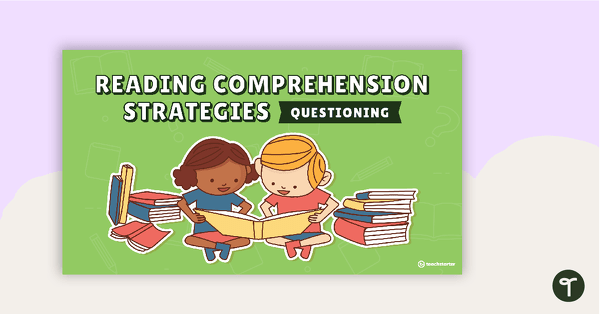
Reading Comprehension Strategies PowerPoint - Questioning
A 15 slide editable PowerPoint template explaining the reading comprehension strategy of questioning.
- Plus Plan
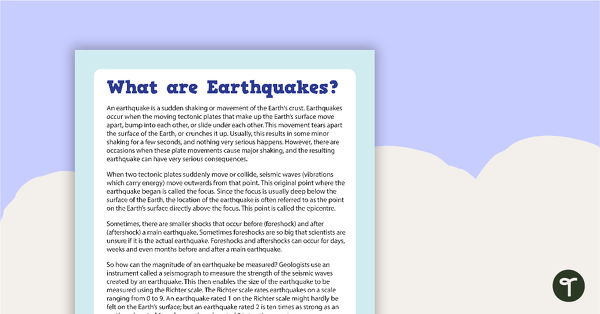
Comprehension - What are Earthquakes?
A comprehension activity about 'What are Earthquakes?'
- Plus Plan

Distinguishing Between Fact and Opinion - Comprehension Task
A task to use when teaching your students reading comprehension strategies.
- Plus Plan
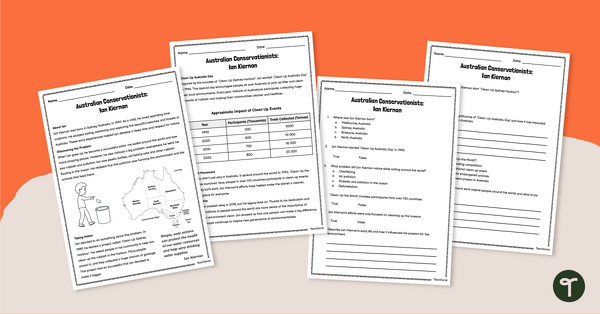
Australian Conservationists: Ian Kiernan – Comprehension Worksheet
Learn about Ian Kiernan and his conservation work with this 2-page reading passage and accompanying comprehension questions.
- Plus Plan
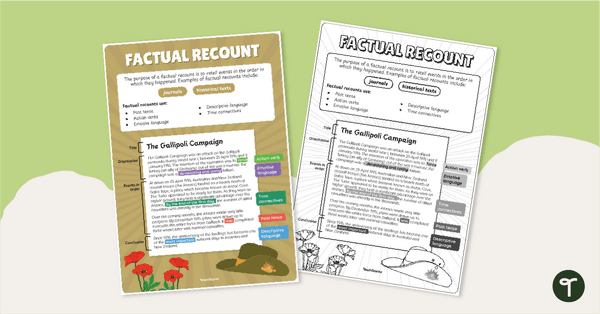
Factual Recount Text Type Poster With Annotations
Display this Factual Recount text with annotations to help students identify the structure of this type of text.
- Plus Plan
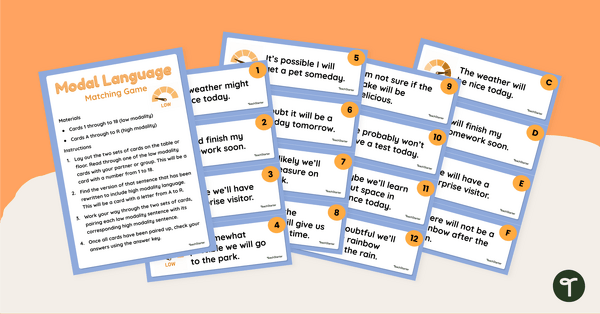
Modal Language Matching Activity
Have students explore high modality and low modality language with this matching game to use during your persuasive writing unit.
- Plus Plan
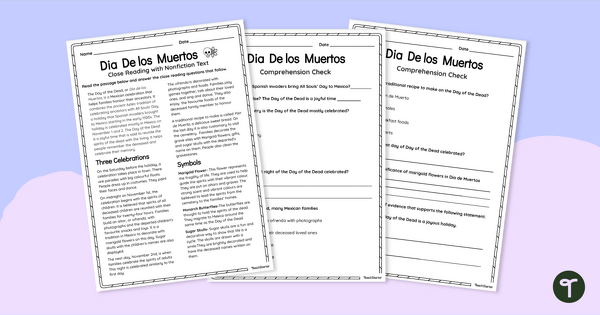
Year 4 Reading Comprehension - The Day of the Dead Reading Passage
Read and learn about the Mexican holiday, Dia De Los Muertos, with a reading passage and Year 4 reading prose comprehension test.
- Plus Plan

Common Spelling Rules PowerPoint
Boost your students' spelling skills with an instructional slide deck teaching the different spelling rules.